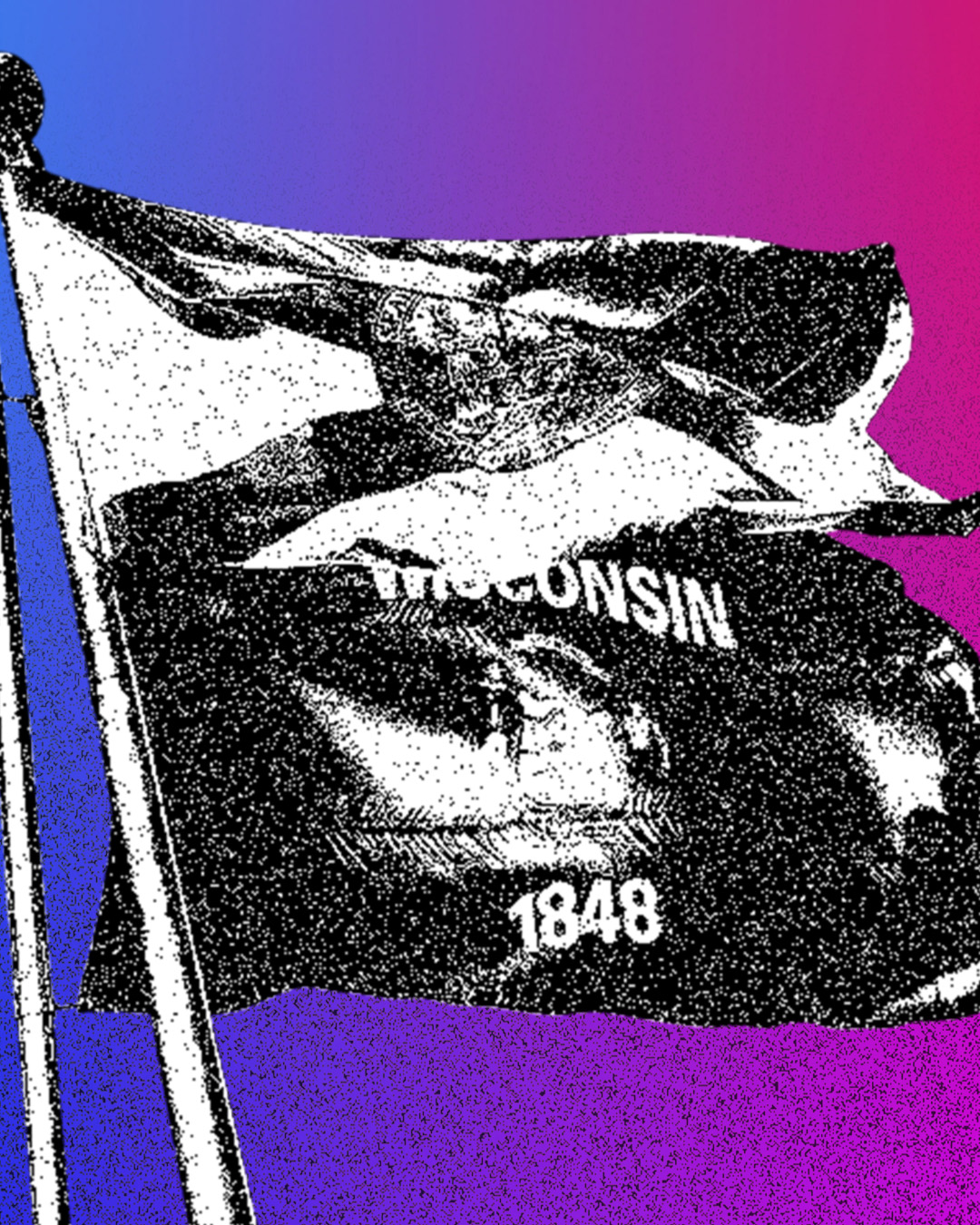As independents, it's time for us to reflect on our relationship with the two-party system.
The Big Picture
The 2024 election season was yet another exhausting chapter in America’s increasingly polarized political landscape. As voters shake off the lingering effects of a divisive campaign cycle, the gap between election peace and chaos seems to shrink with each passing year. The two-party system continues to dominate, but many Americans—especially independent voters—are questioning whether it truly serves their interests.
Despite spending billions of dollars on outreach, Republicans and Democrats alike have failed to engage voters in meaningful ways. Instead of fostering genuine dialogue, campaigns rely on flashy new technologies and aggressive marketing tactics, leaving many Americans feeling unheard.
Zooming In
Political communication is a one-way street
Just as relationships require listening and reciprocity, so does effective political communication. Yet, every election cycle, Americans endure an onslaught of ads, text messages, and “innovative” outreach tactics—only to be ignored once the votes are counted. The result? Disillusionment and disengagement.
Political campaigns increasingly resemble businesses that rely on outdated, offer-driven marketing strategies. Just as brands that fail to understand their customers inevitably lose them, political parties that fail to engage with voters risk alienating their base.
Branding matters more than ever
In today’s political landscape, branding is about more than just slogans and logos. A strong brand fosters trust, authenticity, and emotional connection. Yet both major parties struggle with credibility, choosing short-term gains over long-term relationships with voters.
The problem is not just in messaging but in execution. Instead of addressing key concerns like affordability—as Bernie Sanders recently emphasized—campaigns prioritize culture wars and partisan theatrics. Without genuine engagement, they risk further eroding voter trust.
Trump won on authenticity, Harris struggled with perception
Regardless of where one stands politically, it’s clear that Donald Trump’s authenticity played a key role in his victory. His unfiltered approach—often lacking talking points or teleprompters—solidified his image as an outsider. His supporters trust him because he appears real, even if his critics fear him for the same reason.
In contrast, Kamala Harris faced credibility challenges. Despite her historic candidacy, voters perceived her as overly scripted and politically calculated. From the edited 60 Minutes interview to contradictory messaging in Michigan and Pennsylvania, Harris struggled to establish a consistent and believable narrative.
Trust is built through action, not advertising
Effective branding isn’t about spending more money—it’s about fostering relationships. The Independent Center is using technology to engage with voters, but tools like AI and social media must be used responsibly. When misused, they can further alienate the public rather than bring people together.
Voters crave meaningful, positive change, but they need more than empty promises and staged events. Candidates and political organizations must go beyond high-budget ads and focus on building genuine connections with the electorate.
Data Snapshot
- Political spending in 2024 exceeded $16 billion.
- Bernie Sanders emphasized affordability as a key voter concern.
- Trump’s unscripted approach strengthened his authenticity.
- Harris faced criticism for inconsistent messaging.
- Independent voters increasingly question the two-party system.
Independent Lens
As Americans move beyond the 2024 election, independent voters must reflect on their role in shaping the future of political discourse. The two-party system’s reliance on marketing gimmicks and surface-level engagement is unsustainable.
If real change is to happen, political campaigns must shift from treating voters as passive consumers to active participants in democracy. The question remains: Will political leaders continue down the same path, or will they finally start listening?
Subscribe to our newsletter for more independent voter insights and analysis.





